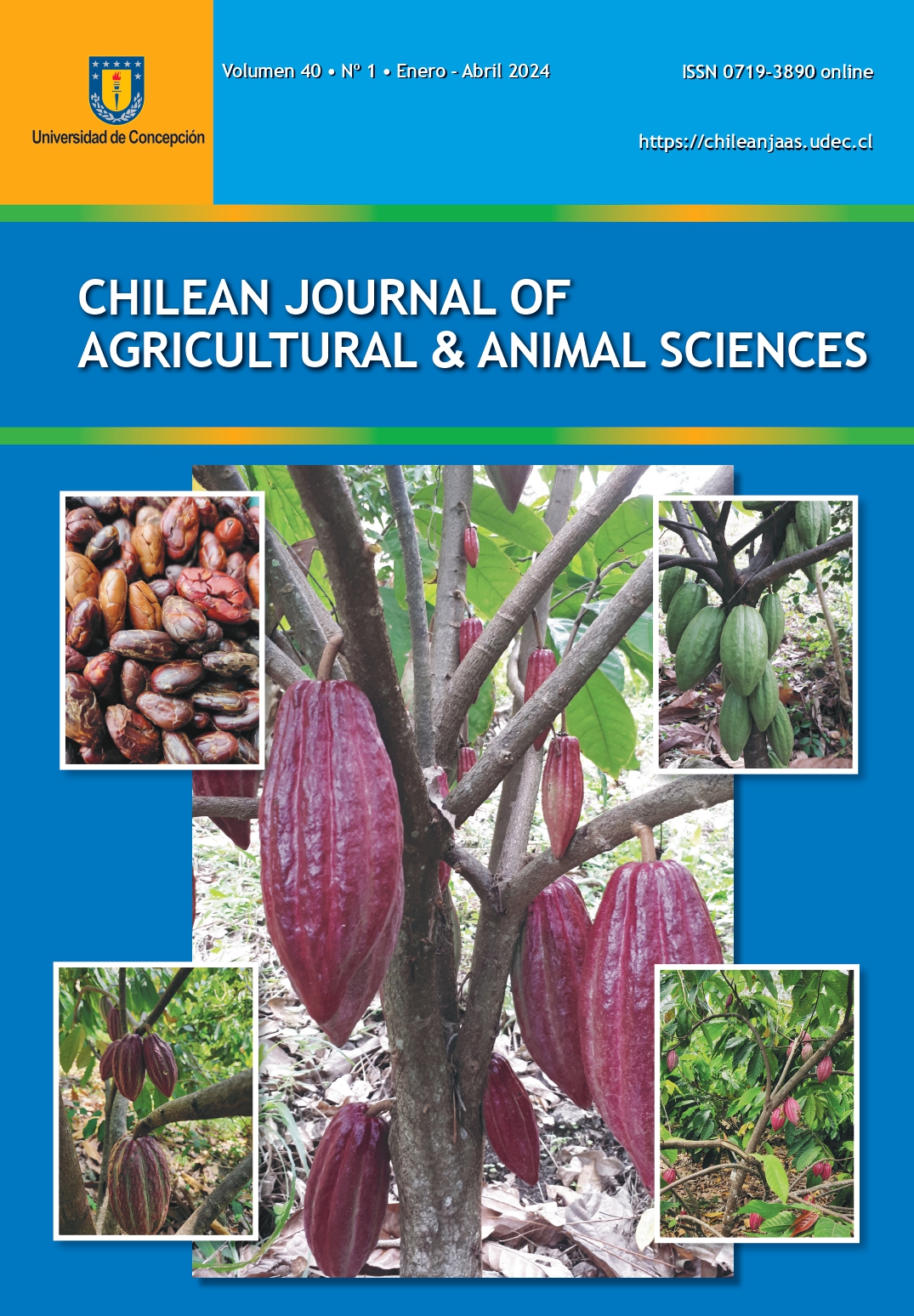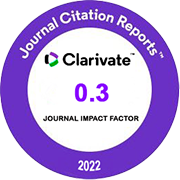INDOL-3-ACETIC ACID IS AN EFFECTIVE AGENT FOR THE INDUCTION AND PROLIFERATION OF CALLUS IN Theobroma cacao
DOI:
https://doi.org/10.29393/CHJAAS40-6IARM50006Palabras clave:
Cocoa genotypes, 2,4-D, somatic embryogenesis, in vitro organogenesisResumen
In vitro propagation protocols for Theobroma cacao have focused on the multiplication of genotypes with the use of 2,4-diclorofenoxiacetic acid (2,4-D) and thidiazuron (TDZ) in the initial phase of the process. There are no reports of the use of indole-3-acetic acid
(AIA) as a source of auxin. Due to risks for human health and the environment, international bans have been placed on the use of 2,4-D. The objective of this study was to evaluate the capacity of AIA in combination with TDZ as inducers of embryogenic usfrom staminodes and petals of the Creole and Trinitarian genotypes of T. cacao. The results showed that the combination of AIA 1.0 mg L-1 and TDZ 0.005 mg L-1 induced callus in 100 % of explants; the rest of the combinations of AIA and TDZ induced callus in 50 % and 80 % of explants. In conclusion, the use of AIA is useful for the formation of friable callus in in vitro cultures of T. cacao.
Descargas
Publicado
Cómo citar
Número
Sección
Derechos de autor 2024 Rodrigo Atanacio-López, Nadia Guadalupe Sánchez-Coello, Ana Laura López-Escamilla, Rosalía Nuñez-Pastrana, Mauricio Luna

Esta obra está bajo una licencia internacional Creative Commons Atribución 4.0.






